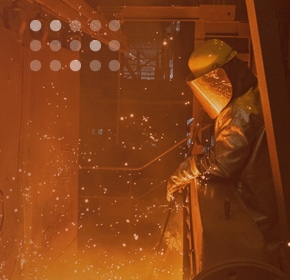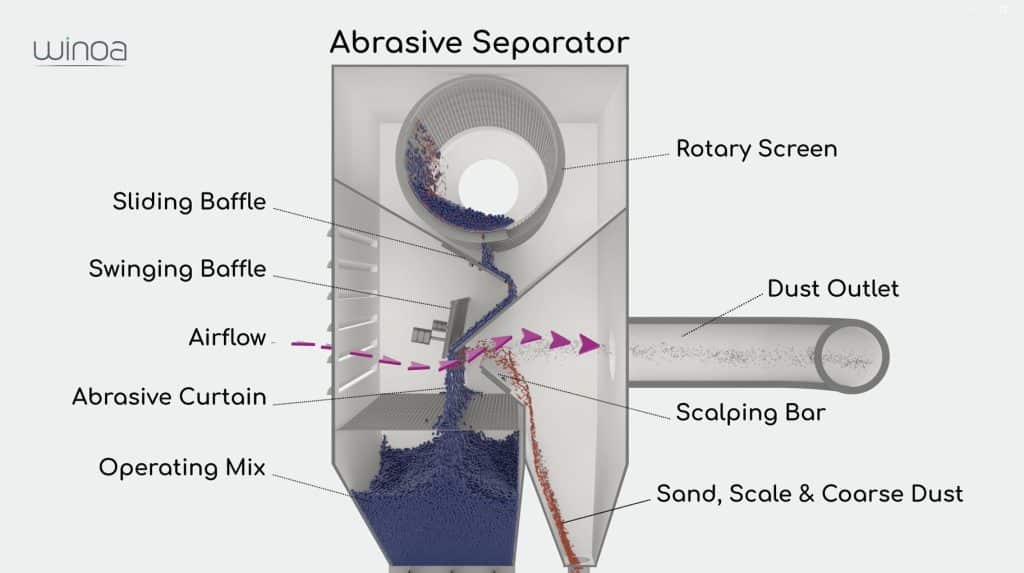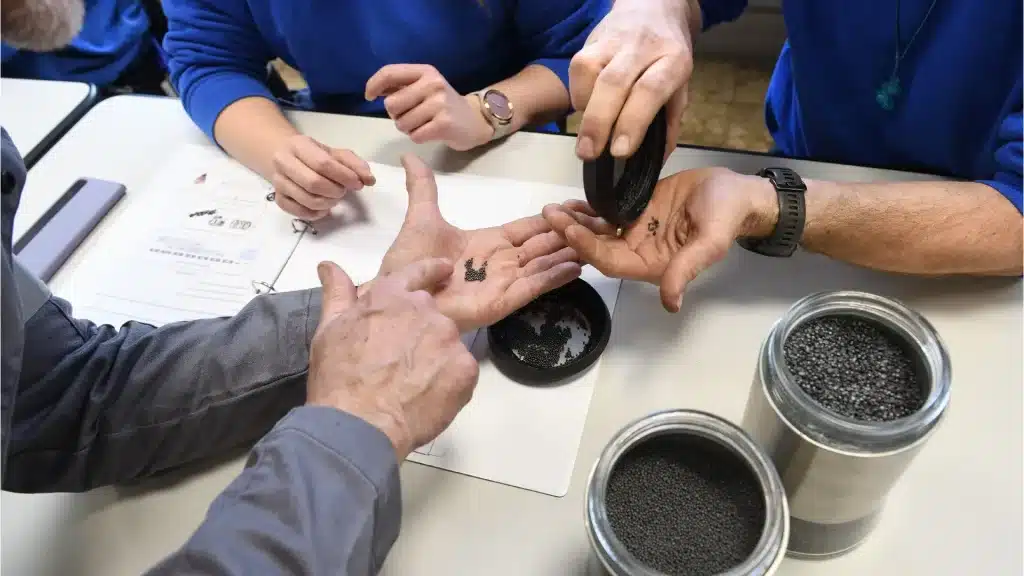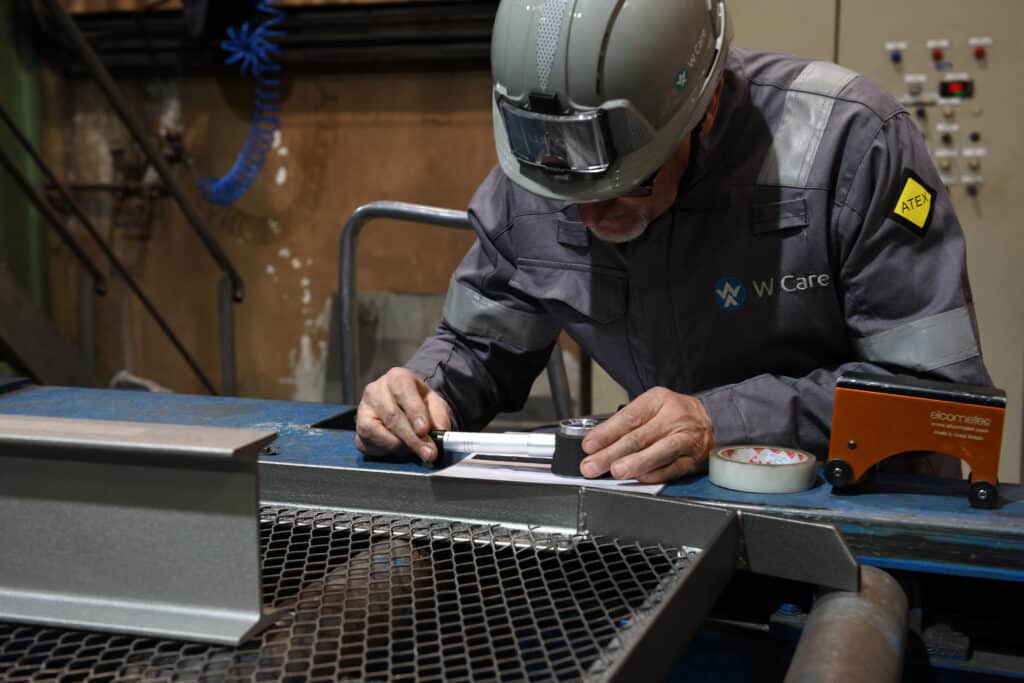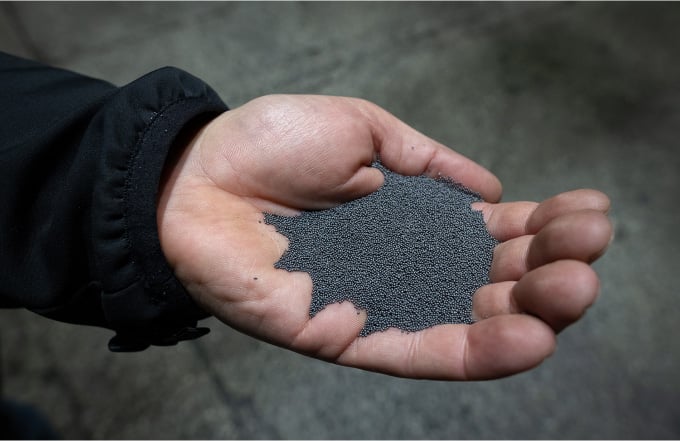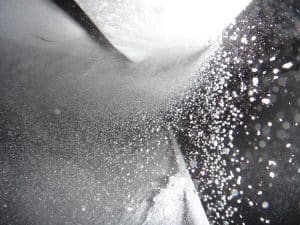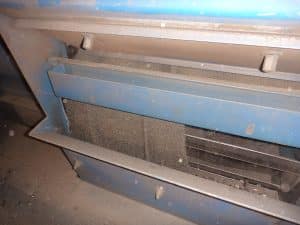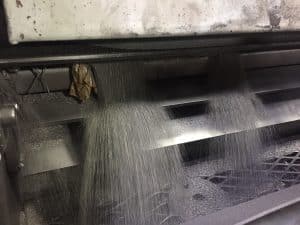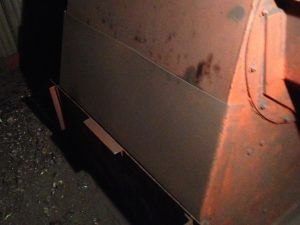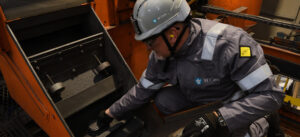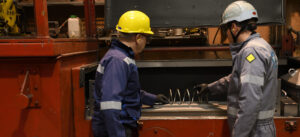Blast cleaning plays an indispensable role in surface treatment, providing an effective method for cleaning, strengthening, or finishing materials. At the heart of this technology lies the air wash abrasive separator, a crucial component that ensures the quality and efficiency of blasting operations. This article, enriched with technical data and concrete examples, explores the functioning, benefits, and innovations surrounding air separators.
Air separators thus serve as the lungs in blast cleaning systems, utilizing controlled airflow, sieves, and gravity to effectively filter abrasive from contaminants such as sand, fines, and foreign metals. When finely tuned, this system ensures an optimal abrasive mix, crucial for blast cleaning efficiency, protection against premature wear, and guaranteeing impeccable surface finishing.
Key Components of an Air Separator
Explore the essential components.
- Rotary screen: Collects large debris upstream to avoid clogging the air curtain.
- Sliding baffle: The sliding baffle (shot regulator) allows for adjusting the abrasive flow across the entire width of the separator to optimize separation.
- Swinging baffle: Allows proper adjustment of the curtain while maintaining adequate pressure on the abrasive.
- Scalping bar: This bar is used for final adjustment for separation between fine and appropriately sized abrasives. It is usually adjustable, controlling accurately the size of the particles that pass through the separation system, thus ensuring that only the abrasive of the desired size is collected for reuse.
- Airflow and Dust Collection System: The dust collector and its air capacity adjustment system work in tandem with the air separator to maintain appropriate airflow and airspeed through the shot curtain.
Benefits of Well-Adjusted Abrasive Separators
Benefits
The effective use of air separators offers several key advantages:
- Abrasive Savings: By filtering out unwanted particles, the separators reduce abrasive consumption, leading to significant savings on operating costs.
- Increased Component Durability: By eliminating contaminants, the separators minimize wear on shotblasting wheels and other critical parts, extending their lifespan.
- Improved Treatment Quality: Shotblasting with a clean and properly calibrated abrasive mix ensures a superior surface finish, essential for subsequent coatings or to meet strict quality specifications.
Impact on Costs of a Poorly Adjusted Separator
Financial Consequences
The efficiency of an air separator in a shotblasting system directly affects operational costs and the quality of surface treatment. An improper adjustment, for instance letting 10% of unwanted media, too small or dust, remain in the operational mix could lead to significant financial and operational consequences.
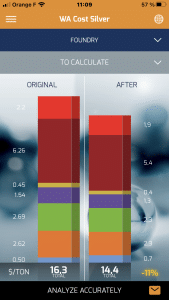
Unsuitable media, too small, and dust can accelerate the wear of critical components. For example, a 10% increase in fine particles could hasten the wear of shot blasting wheels by 20%.
Reduction in Shotblasting Efficiency
Take the following case: if fine particles represent 10% of the operational mix, the cleaning efficiency will decrease by at least 10%, requiring a 10% increase in shotblasting time to maintain the desired quality. For an annual abrasive consumption of 50 tons, at a cost of 1000 € per ton, this would represent an extra cost of 5000 €.
Impact on Product Quality
The quality of the finished product can be compromised by an inadequate surface treatment. Surface defects, such as shadows, streaks, or uneven roughness, can affect the adherence of paint or other coatings, potentially leading to long-term corrosion or aesthetic issues.
For example, for a production of 10,000 parts per year, with a rejection rate increasing by 5%, with a reprocessing cost estimated at 10 € per piece, this would equate to an extra cost of 5000€.
Waste Management and Environmental Considerations
A poorly adjusted separator increases the amount of waste generated, including the discharge of good abrasives. The management of this waste can result in additional costs both in terms of disposal and environmental impact. Furthermore, increasingly strict environmental regulations can impose financial penalties for poor waste management.
Technical Challenges of Air Separators
Identification and Solutions of Problems
Air separators, essential for efficient shotblasting, face specific technical challenges that require diligent attention and maintenance to preserve performance and quality. Here are some recent examples observed at our clients’ facilities.
Conclusion
Summary of Key Points
Air separators are an indispensable pillar within your shotblasting system, playing a central role not only in optimizing operational efficiency but also in improving surface treatment quality.
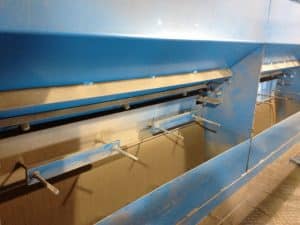
Precise adjustment of this unit is crucial to maximize the efficiency of the shotblasting process and minimize operational costs. Operators must check and adjust their separators daily to ensure they function at optimal levels, thus contributing to the durability of the equipment, the quality of the finished products, and the overall profitability of the operation. By totaling estimates, the average financial impact of a poorly adjusted typical air shot separator can easily exceed €13,000 per year, depending on the size of the operation and the specifics of the equipment. This underlines the importance of precise adjustment and maintenance of the air separator to optimize operational costs and ensure the quality of the finished product.
In conclusion, the air separator of a shotblaster proves to be an essential and critical component. Thanks to its contribution to obtaining a productive operating mix, and thus improving the shotblasting operation, the result is a superior surface finish.
Their importance in the ongoing improvement of surface treatment processes testifies to the industry’s commitment to excellence, durability, productivity, and innovation.
Contact one of our W Care specialists to optimize, adjust or train on air separators.
FAQ
The critical role of an airwash abrasive separator
Air separators are designed to remove a wide range of particles, including dust, metal fragments, paint flakes, wood pieces, worn abrasive particles and fines. Their effectiveness depends on the setup and technology employed.
Regular maintenance includes cleaning the swinging baffle, rotary screen, discharge pipes, screens, checking the air ducts for integrity, and inspecting mechanical components for wear. It’s crucial to follow the manufacturer’s recommendations to maintain optimal performance.
Signs such as reduced separation efficiency, having good abrasive media in the discard drum or dust collector, or an increase in dust in the blasting area, or debris on the lower screen indicate the need for maintenance or adjustment.
Yes, air separators can be adjusted or configured to handle various types of abrasives, including grains of different sizes and densities (cast steel shots, to iron grit to aluminum oxide or cut wire). Consulting the manufacturer for compatibility is important.

